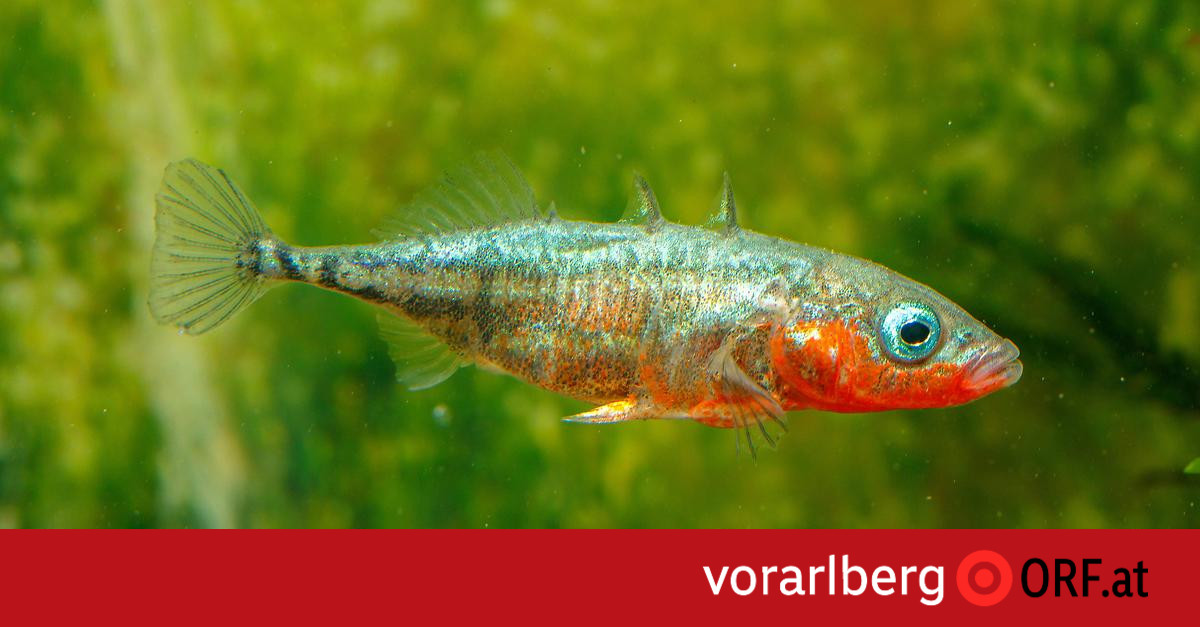Sciences
Since 2012, threespine sticklebacks have suddenly been found in large numbers in the open waters of Lake Constance. One study has now made it clear that these fish, which live offshore, are not a new genetic variant introduced from abroad. Instead, open-water inhabitants must have emerged from riparian populations.
This means that there is only one common genetic variant of stickleback present in the entire lake. However, the two groups are not exactly identical, according to the study conducted by the Fisheries Research Center in Baden-Württemberg in collaboration with the University of Glasgow, which has now been published in the specialist journal “Neobiota”. For the study, sticklebacks from different parts of Lake Constance and its tributaries were examined using genetic analyses.
Consequences for Lake Constance whitefish
According to the announcement, the results of the study also lead to a practical result for the threatened whitefish in Lake Constance, which has been no longer allowed to be caught since the beginning of the year. Hatcheries want to release whitefish larvae into the lake only when they are too large to be used as food for stickleback. According to the study, bank discounts should also be taken into account. Because riparians can always “supply” the open water barb. Therefore, stickleback in Lake Constance should be managed as a whole.
It has increased dramatically since 2012
The small silverfish (Gasterosteus aculeatus) was first discovered in Lake Constance in the early 1950s. From 2012 onwards, it has increased surprisingly. According to the Fisheries Research Center, they now make up more than 90 percent of the fish found in open waters. It eats the plankton of whitefish and also attacks their eggs and larvae.

“Total coffee aficionado. Travel buff. Music ninja. Bacon nerd. Beeraholic.”








More Stories
Researchers detect extremely high-energy gamma rays
Anxiety disorders in old age increase the risk of dementia
Researchers are particularly fascinated by these exoplanets.